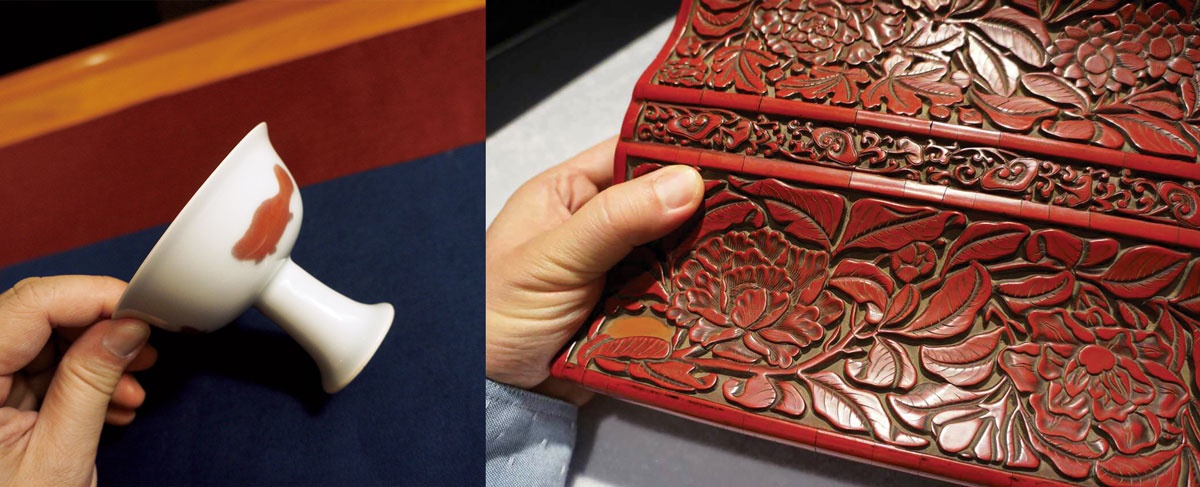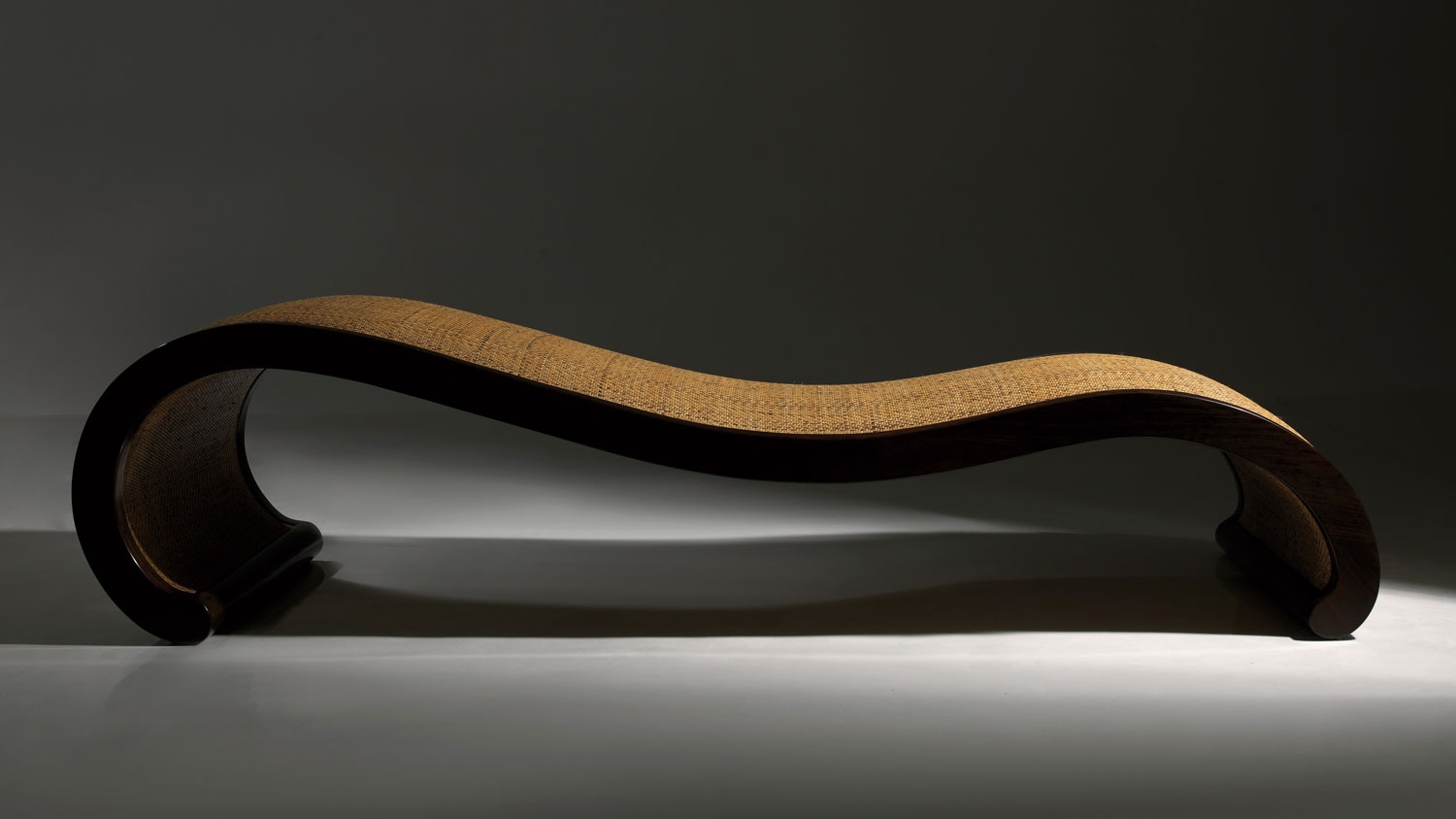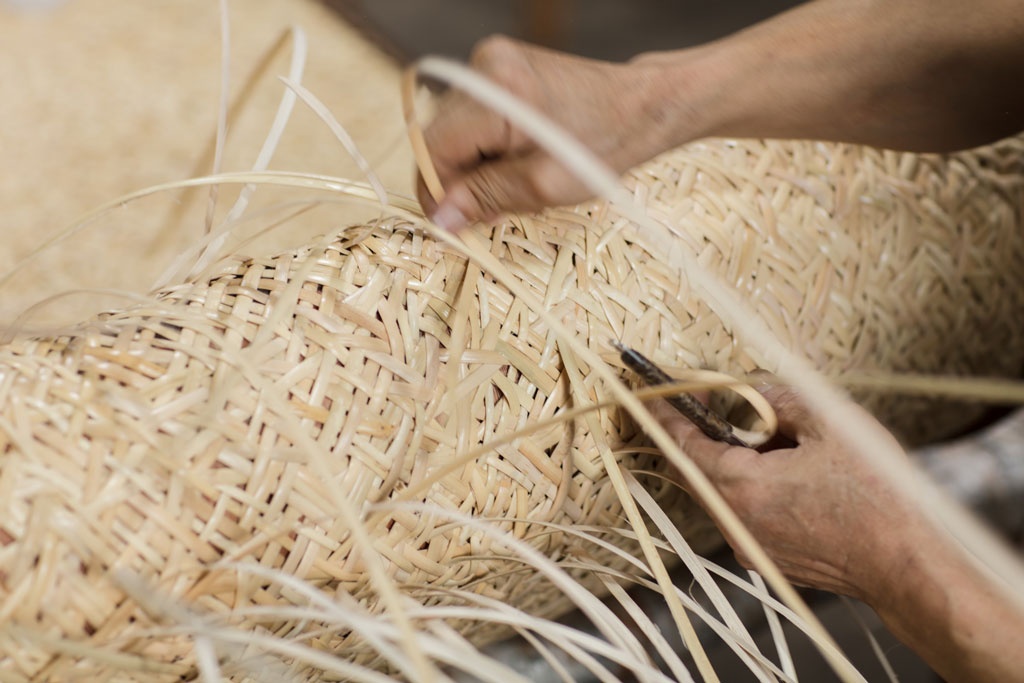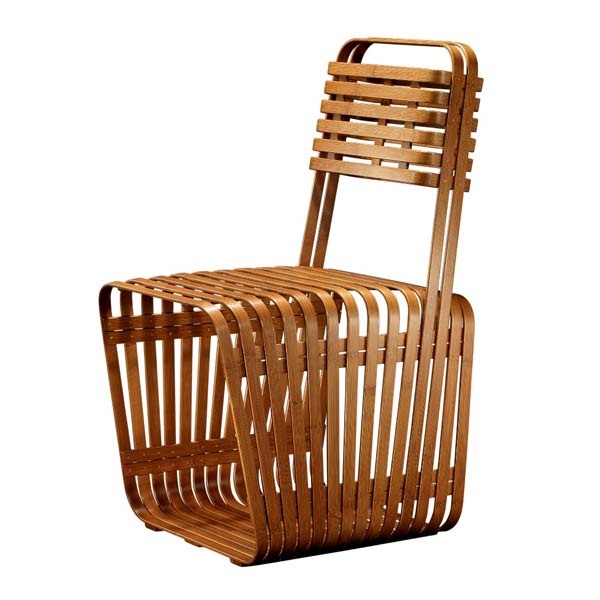Jerry J.I. Chen, born in Taiwan, is the founder and design director of Chunzai, CEO of Art of Chen Consultancy and Management, the chief designer and art consultant for ‘Degoo - Chunzai’ series. He was also a member of the vetting committee for The International Asian Art Fair in New York, an international trustee of the Museo Nacional del Prado in Madrid, a lecturer on the Cultural and Creative Industries at the Palace Museum in Taipei, a consultant at Sotheby's, and a trustee of the Xue Xue Foundation in Taiwan.
He published the book ‘Chinese Contemporary Furniture Design: From Cultural Appreciation to Chunzai Creativity’ in 2016, which is probably the first masterpiece on the subject of contemporary Chinese furniture. With many years of experience in Chinese art and classical furniture, he put forward a lot of interesting ideas for classical and contemporary Chinese furniture design. In October 2019, ‘Contemporary Chinese Furniture Design: A New Wave of Creativity’, written by Charlotte & Peter Fiell with Jack Qu from China Design Centre, was published. This is the first definitive book about contemporary Chinese furniture, written from the perspective of design experts from the West, which has also included many exemplary works by Jerry Chen. Therefore, we invited Mr Chen for an interview, to talk about his unique understanding of Chinese furniture.

From the 1990s, I have worked as a design and art consultant for 30 years, and I had so much sentiment. I went through the era of 1991 to 2011, when ancient furniture from China was exported and bought in large numbers. It was then that I saw too many precious Chinese artworks disappeared. In this process, I learned the beauty of Chinese furniture culture and its real value. However, there are too few people that have witnessed this period. That's why I started to think about what I can contribute to Chinese furniture design.


My experience as an art collector, which taught me about tradition, is very important to help the development of Chinese design style. How can there be innovation without traditions? What I am promoting is ‘Chinese contemporary design’, which is an extension of traditional Chinese culture with a sense of modernity. I hope that through the reappearance of the traditional Chinese culture, the contemporary Chinese design will be full of real meaning.
It is difficult to talk about only one piece of furniture because there are too many classical pieces of furniture that impress me. If we talk about only one category, I will choose the traditional Chinese round-backed armchair (Quan Yi). The Chinese round-backed armchair embodies beautiful uses of lines, which constitutes an important part of Chinese traditional culture. It is impressive how the Chinese traditional round-backed armchair still serves its purpose in modern furniture design, as well as meets the needs of modern space.

The essence of Chinese furniture can be captured by Ming (Dynasty) furniture that is well-renowned by many. There are two core values of Ming-style furniture. One is its simple lines and the other is its rigorous structure. These two particularly important points have covered all the meaning and connotation of Ming furniture, as well as the cultural value and essence of Ming-style furniture. Talking about contemporary Chinese furniture design, I think we should base our innovation on the essence of Ming furniture.


In fact, some of the interpretation suggested that the Ming-style inherited its characteristics from the literati culture of the Song Dynasty, such as the concepts of simplicity and elegance, the form and the meaning, imagination and reality, movement and stillness, and so on. The cultural achievement as such has established a tasteful and practical lifestyle, with humanistic philosophical thinking. Even today, Ming-era designs are still seen as unparalleled.

Hans Wegner is a contemporary master of design who I also admired. His love for Chinese furniture is, I think, an instinct. Masters like him can have such achievement sometimes because of their exceptionally accurate instinct. However, if I only look at the forms of his design, I find it hard to truly represent the artistic conception of the Chinese lifestyle. Because of the language barrier, it is difficult for a Western designer to understand the traditional culture behind Chinese furniture deeply. Yet, I am more than impressed by his creativity to design furniture that was inspired by the Chinese round-backed armchair, in a time as early as the 1940s.
In the past 100 years, compared with Western civilisation, China had an almost stagnation period of lifestyle development. For the past 40 years, I think China was still in the stage of satisfying survival needs. However, starting in 2020, I think that China will have a completely new beginning for an era of rapid changes. Things such as quality and quantity, taste and humanity, should all be heading to a better and more ideal direction.

The structure is a particularly important part of Chinese furniture, and it is also a type of intangible value in Chinese-style design. You can’t build something without having a structure. Structures are definitely the foundation of the furniture culture, and also the wisdom of Chinese craftsmanship. ‘Contemporary design’ is absolutely different from "contemporary Chinese design". The difference lies in what value the design conveys.


Nowadays, the width and height of the building are very different from what they used to be. People have different, higher requirements for comfort and function of furniture. The traditional mortise-and-tenon (Sun Mao) joints in ancient furniture cannot solve these new problems. Therefore, it takes more than a change in the structure to make long-term progress. A lot more details, for example, the use of materials, craftsmanship, functionalities and mortise-and-tenon joints, will all need to be redesigned to catch up with the change of time.



In fact, the most important element of Chinese art since ancient times is the expression of lines, from calligraphy to any other forms of art. Therefore the incorporation of lines is naturally inseparable from the shape of Chinese furniture. The difference, in fact, is the size of traditional furniture, which was limited by space so the expression of lines was not very obvious. In traditional furniture, the aesthetic requirement of lines is extremely high. Examples as such can be found in the design of different types of chairs, tables, beds, basin stands, hangers, which incorporate the details of curves.
The expression of lines gives Chunzai’s furniture a sense of modernity, which gives people a strong visual and emotional effect. I have always tried to enlarge and extend those traditional expressions of lines to search for weight, rhythm, and smoothness in them, as well as the unique sense of balance in Chinese furniture so that a piece of contemporary Chinese furniture can be stable and powerful in its modern space.

When designing furniture and everyday utensils, Chinese people have their own preferences in materials. The artworks that are in museums around the world from different dynasties have been mostly made of natural materials - clay, bamboo, wood, lacquer, rattan, etc. These natural materials have important value in Chinese culture and show the taste in art. I am particularly interested in the contemporary renaissance of traditional materials. If the same old material and craftsmanship, under different needs and way of thinking in a new era, create something new that provides services for everyday life, isn’t that truly special and meaningful? I disagree when people say that there is no ‘culture’ in our times because I believe that everything has value and meaning if you search for them.
The use of organic materials is also very important in Chinese furniture. These materials are natural, healthy, and environmentally friendly, yet they are difficult to be utilised fully. For instance, natural wood can live as long as hundreds of years old, which means the wood would naturally shrink and change with the weather and humidity. Therefore, we need to deeply understand the materials that nature has given us, grasp the nature of them and then turn them into a piece of practical furniture in a moderate and careful way.


I personally have an obsession with traditional crafts. I believe life is beautiful in all ways, whether it is slow or fast, although I particularly enjoy it when life is slow and natural. However, if everything stays the same, then the fun of art creation is lost. Therefore, by studying traditional craftsmanship in-depth diligently, I slowly and moderately began to combine it with contemporary needs. I kept saying the word ‘moderate’ because ‘moderation’ is a crucial concept in Chinese culture. Being ‘over’ or ‘less’ is neither enough nor good. The purpose of such a combination of the old and the new vary, as some are to satisfy certain functionalities and some are to showcase the modern look and add comfort. Without a question, the balanced combination continues our cultural memories and taste.

I personally believe that China will definitely play an important role in the world in the next 100 years. But refine the culture and the taste of a nation in our time requires time and joint effort from many of us. Today, all of us have to work on it wholeheartedly. After a few decades, when we look back at this period, there should be some noticeable achievement. If we do a good job of reviving our culture, the world would witness it. If we fail to make a change, in the shadow of the high cultural achievement that the West has experienced in the past century, it would be such a pity. The way to start this change is to quit talking and start doing. If we put the meaning of the practical design values first and work harder than ever, the rest will come in time.
In the past thousand years of Chinese furniture culture, because of the choice and limitation of the architectural style, the tradition of etiquette, and craft materials, many actually see the aesthetic value and philosophy of using natural materials. In fact, Chinese people always pay attention to ‘balance’ when making things, from inside to outside, especially for practical products such as furniture. There shouldn’t be so much different in the West in the principal of furniture, but there might be differences in taste, and emphasis on a piece of furniture.
As Chinese design attracts more international attention, it is worth discussing how we tell the story of Chinese contemporary design. Most importantly, for me, we should first define our own cultural taste and lifestyle to interpret them into contemporary design. Only when we design furniture that tells the truth and stories of our own people, can we touch and move those from different cultures and nationalities.










1 / 31
show thumbnailsnext picture previous picture start slideshow close lightbox